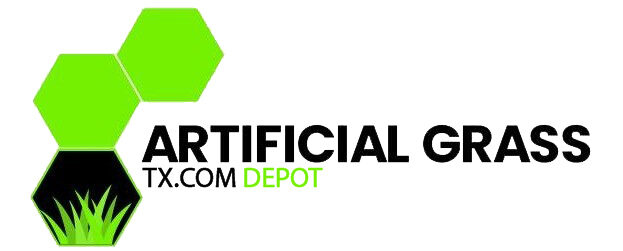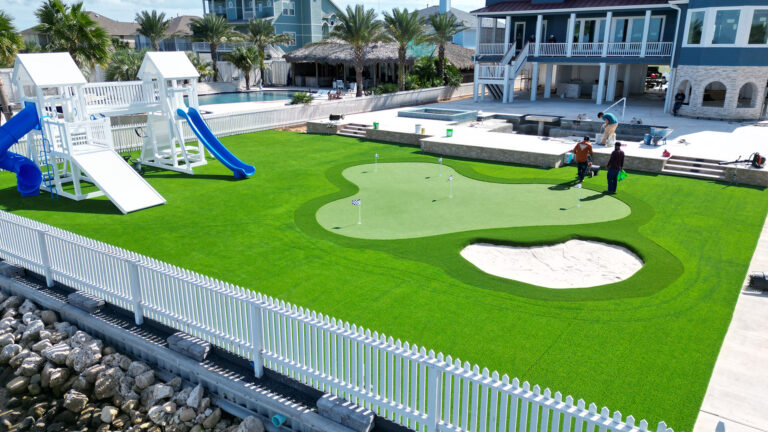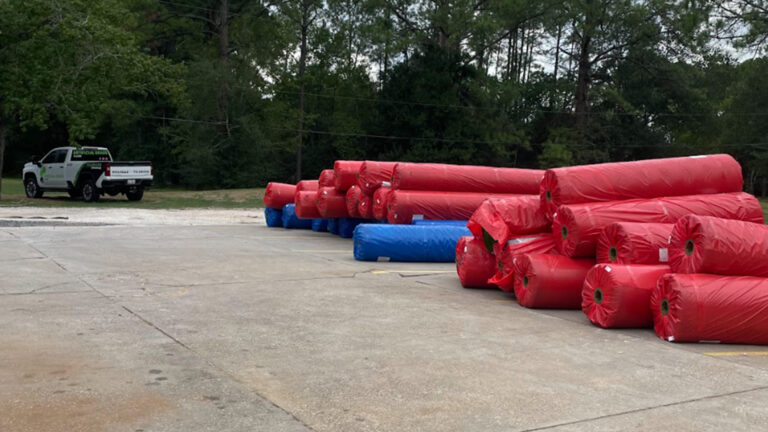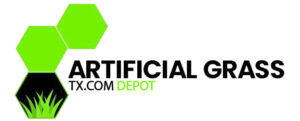Cost of Artificial Grass in Houston
Are you tired of spending countless hours and a significant amount of money on maintaining your lawn? Artificial turf might just be the perfect solution for you. Not only does it provide a beautiful and low-maintenance alternative to natural grass, but it also offers a range of benefits that can greatly enhance your outdoor living experience. However, before you dive into the world of artificial turf, it’s important to understand the cost factors involved, especially if you are thinking about installing artificial turf in Houston.
In this comprehensive guide, we will walk you through everything you need to know about the cost of artificial turf in Houston. From installation and materials to ongoing maintenance and long-term savings, we will break down all the essential elements that contribute to the overall cost. So, if you’re ready to transform your lawn into a hassle-free oasis, keep reading to discover the ultimate guide to understanding the cost of artificial turf in Houston.
Benefits of Artificial Turf
Artificial turf offers a wide array of benefits that make it an attractive option for homeowners in Houston. One of the most significant advantages is the low maintenance that’s requires. Unlike natural grass, artificial turf does not require mowing, fertilizing, or watering. This not only saves you time and effort but also reduces your water consumption, making it an environmentally friendly choice.
Another benefit of artificial turf is its durability. It can withstand heavy foot traffic, making it ideal for high-traffic areas such as playgrounds and sports fields. Additionally, artificial turf is resistant to pests and diseases, eliminating the need for harmful pesticides and herbicides.
Moreover, artificial turf provides a year-round green and lush appearance. A good quality of fake grass, It doesn’t fade under the scorching Houston sun or turn brown during dry spells. With artificial turf, you can enjoy a beautiful lawn all year long without worrying about weather conditions.
Factors that Affect the Cost of Artificial Turf in Houston
Several factors contribute to the overall of artificial turf installation cost in Houston. Understanding these factors will help you make an informed decision and budget accordingly.
The first factor is the size of your lawn. Additionally, the shape and complexity of your lawn can also affect the installation cost. If your lawn has many curves, slopes, or obstacles, it may require more time and effort to install the artificial turf properly. High quality turf adhesive and making perfect seams is a key on the turf installation.
Higher-quality turf tends to be more expensive upfront but offers better durability and a more realistic appearance. It’s essential to strike a balance between your budget and the desired quality of the turf to ensure long-term satisfaction.
The preparation of the ground, including excavation, grading, and soil stabilization, can add to the overall cost. The quality of the base material that improve a good drainage is an important key for a successful artificial grass installation in Houston. Evaluate the base preparation according to the specific needs of the areas. Houston is the perfect place for artificial grass. Additionally, the cost of labor and equipment required for installation will vary depending on the complexity of the project.
Understanding the Installation Process
The installation process of artificial turf in Houston involves several steps to ensure a proper and long-lasting result. The first step is to prepare the ground by removing existing vegetation and debris. This involves excavation and grading to create a smooth and even surface.
Next, a weed barrier fabric is typically installed to prevent weed growth through the turf. This is followed by the installation of a base material, such as crushed stone or decomposed granite, which provides stability and drainage. The base is compacted and leveled to create a solid foundation for the turf.
Once the base is ready, the artificial turf is rolled out and carefully positioned. It is then secured in place using nails or staples. Seams between sections of turf are joined using adhesive or seaming tape to create a seamless and natural-looking surface.
After the turf is installed, it is infilled with a material such as silica sand or rubber granules to provide stability and support the fibers. The infill is brushed into the turf to ensure even distribution. Finally, the turf is brushed or raked to fluff up the fibers and give it a natural appearance.
Different Types of Artificial Turf and Their Costs
There are several types of artificial turf available in the market, each with its own characteristics and price range. The cost of artificial turf depends on factors such as the material, density, and pile height.
Nylon turf is one of the most durable options but tends to be more expensive due to its high-quality construction. It is suitable for high-traffic areas and can withstand heavy use without losing its shape.
Polyethylene turf is another popular choice. It offers a softer feel and a more realistic appearance. Polyethylene turf is less expensive than nylon turf but still provides excellent durability and performance.
Polypropylene turf is the most affordable option but is not as durable as nylon or polyethylene turf. Low-traffic areas or temporary installations are the best-suited scenarios for it.
When choosing the right type of artificial turf for your needs, it is important to consider factors such as foot traffic, intended use, and aesthetic preferences.
Maintenance and Long-term Costs
One of the major advantages of artificial turf is its minimal maintenance requirements. However, some level of maintenance is still necessary to keep your turf looking its best and ensure its longevity.
The maintenance tasks for artificial turf typically include regular brushing or raking with a Nylon Brush to prevent matting and maintain the upright position of the fibers. Removing leaves, debris, and pet waste promptly is also important to prevent staining and odors.
Additionally, artificial turf may require occasional deep cleaning to remove dirt and bacteria. Mild detergent and water or with specialized cleaning products available on the market.
Artificial turf does not require mowing, watering, or fertilizing, resulting in substantial savings in water bills, lawn care products, and equipment.
Comparing the Cost of Artificial Turf to Natural Grass
When considering the cost of artificial turf, it is important to compare it to the cost of maintaining natural grass over the long term. While artificial turf may have a higher upfront cost, it offers significant savings in terms of ongoing maintenance and water usage.
Natural grass requires regular mowing, watering, fertilizing, and pest control measures. These tasks not only require time and effort but also involve expenses for equipment, water bills, fertilizers, and pesticides. Over the years, these costs can add up significantly.
Furthermore, natural grass is susceptible to damage from extreme weather conditions, pests, and diseases. Repairing and reseeding damaged areas can incur additional costs.
Artificial turf, on the other hand, provides a hassle-free and cost-effective solution. Once installed, it requires minimal maintenance and can withstand harsh weather conditions without losing its appearance or functionality.
Finding Reputable Artificial Turf Suppliers in Houston
When it comes to purchasing artificial turf, it is crucial to choose a reputable supplier to ensure quality products and reliable service. Here are few tips to help you find the right supplier in Houston:
1. Research online: Look for suppliers with positive reviews and a powerful reputation in the industry. Check their websites for information about the types of turf they offer, pricing, and installation services.
2. Get recommendations: Ask friends, neighbors, or professionals in the landscaping industry for recommendations. Their subjective experiences can provide valuable insights into the quality and service of different suppliers.
3. Request samples: Ask potential suppliers for samples of their products. This will allow you to assess the quality, texture, and appearance of the turf before making a purchase.
4. Inquire about warranties: Find out if the supplier offers any warranties or guarantees on their products. A reputable supplier should stand behind the quality of their turf and provide adequate support in case of any issues.
5. Obtain multiple quotes: Reach out to multiple suppliers and request quotes for the specific type and size of turf you need. Comparing prices and services will help you make an informed decision and ensure you get the best value for your money.
Frequently Asked Questions about the Cost of Artificial Turf
Q: Is artificial turf more expensive than natural grass eventually?
A: While artificial turf may have a higher upfront cost, it offers significant savings in terms of ongoing maintenance and water usage. Over the long run, artificial turf can be more cost-effective than natural grass.
Q: How long does artificial turf last?
A: The lifespan of artificial grass depends on factors such as the quality of the turf, the level of foot traffic, and the maintenance practices. High-quality artificial turf can last up to 15-20 years with proper care.
Q: Can I install artificial turf myself to save money?
A: While it is possible to install artificial turf yourself, it is suggested to hire professional consultation for the best results. Proper installation requires specialized knowledge, equipment, and experience to ensure a long-lasting and visually appealing outcome.
Q: Can I use artificial turf for sports fields?
A: Yes, field turf is a trusted surface among collegiate and high school ranks for football, soccer and baseball fields. due to its durability and ability to withstand heavy foot traffic. Additionally, it provides a consistent playing surface and requires less maintenance compared to natural grass. Houston is the home to the Rockets, Dynamo, Astro and Dash professional sports teams. In 1965, the Astrodome, the world’s first domed stadium, opened in Houston, Texas. In 1966 the Astrodome became the first major stadium to install artificial grass. This is where “Astro Turf” started.
Q: Does artificial grass get hot in the sun?
A: Artificial turf can get warm in direct sunlight, especially during hot summer months. However, advancements in technology have led to the development of artificial grass with heat-reducing properties. Making it more comfortable to walk on. Also there some infill that will keep your grass cooler during the warm summer months.
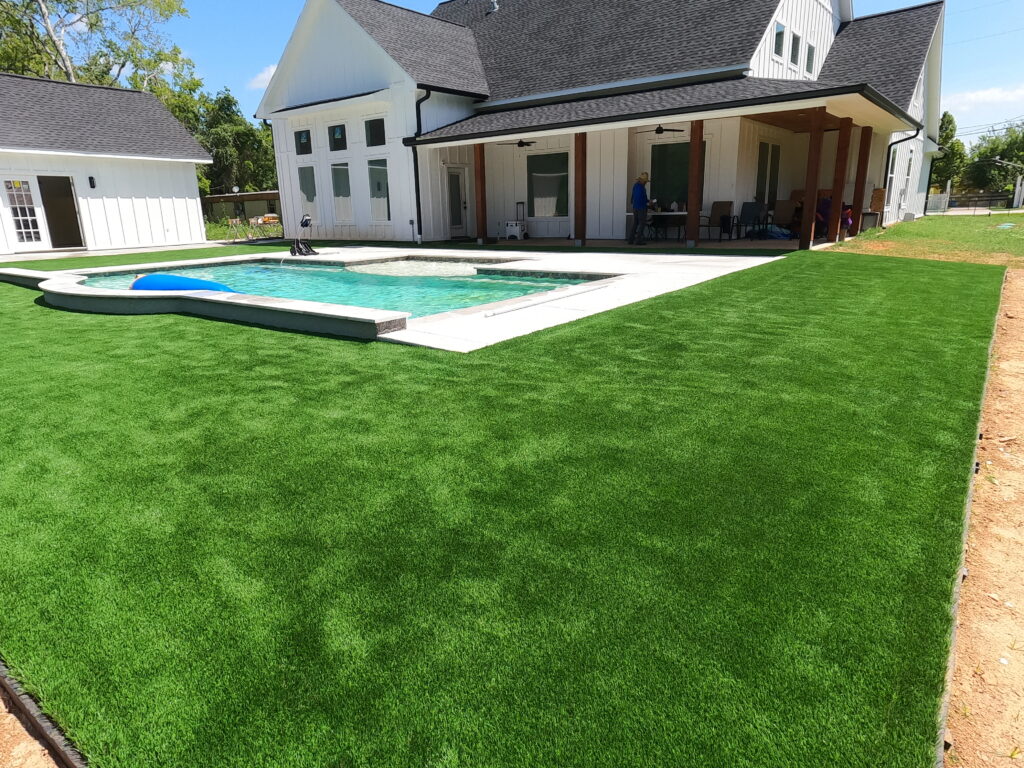
Conclusion
Artificial turf offers a cost-effective and low-maintenance solution for homeowners in Houston. Some who are tired of the constant upkeep and expenses associated with natural grass.
By understanding the cost factors involved, you can make an informed decision. Also you can transform your lawn into a beautiful and hassle-free oasis.
From installation and materials to ongoing maintenance and long-term savings, considering all the essential elements will help you create a budget and find the right artificial turf installer for your needs. With its durability, aesthetic appeal, and environmental benefits, artificial grass is truly a game-changer in the world of landscaping. So, why wait? Start exploring your options and embrace the beauty of artificial turf today. Learn more about our services.
